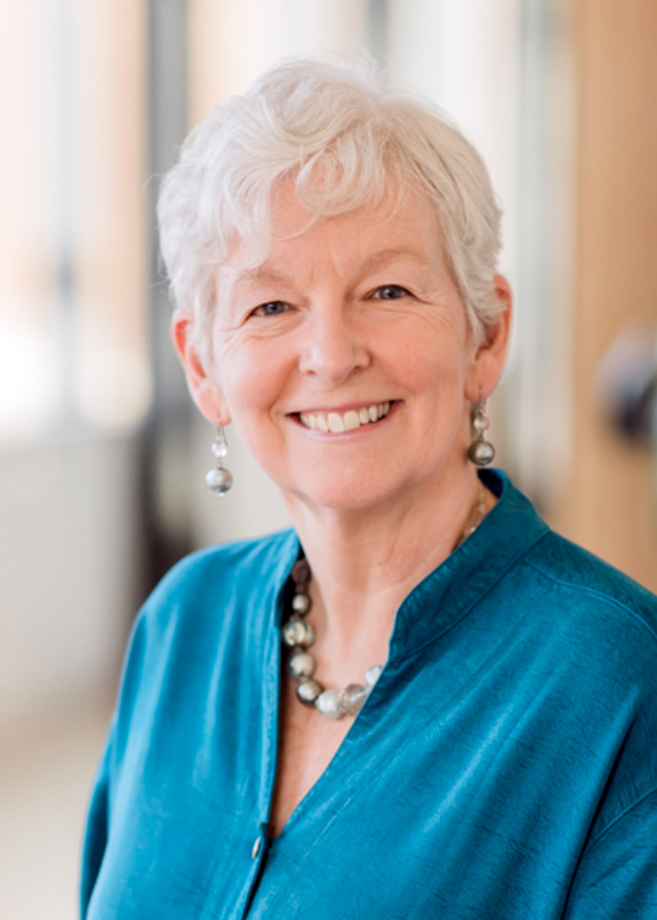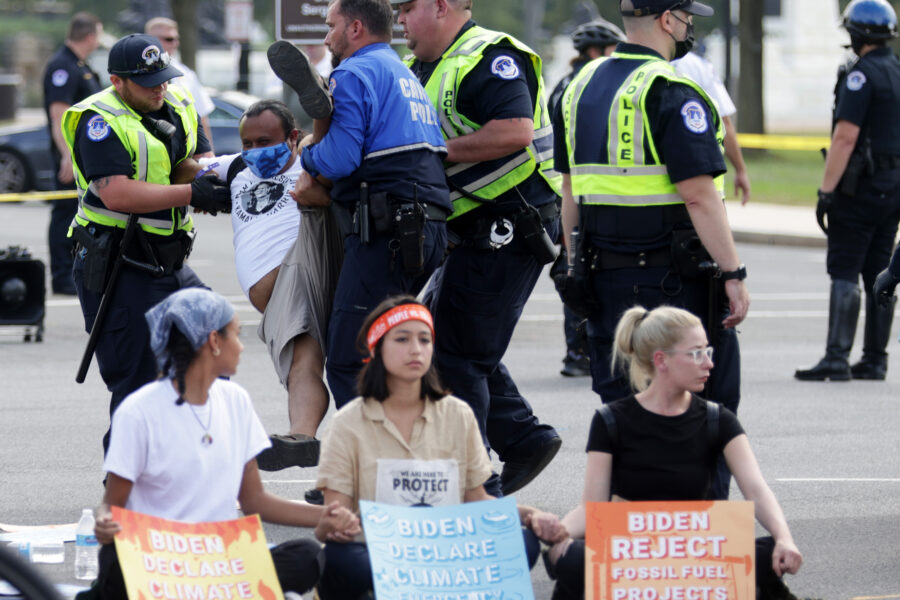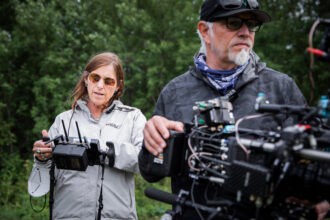New Reports Ahead of COP29 Show The World Is Spinning Its Wheels on Climate Action
A trio of reports released ahead of next month’s COP29 climate conference in Azerbaijan all show that the existing national policies to cut greenhouse gas emissions under the landmark 2015 Paris Agreement will heat the planet by close to 3 degrees Celsius by 2100, as warming has accelerated in the past few years.
The plans “fall miles short of what’s needed to stop global heating from crippling every economy, and wrecking billions of lives and livelihoods across every country,” United Nations Framework Convention on Climate Change Executive Secretary Simon Stiell said Monday in New York as the organization released the latest evaluation of the national plans that are the backbone of the mitigation side of global climate action.
Under the nonbinding Paris pact, 198 countries agreed to develop plans to cut greenhouse gas pollution and refresh them every five years to reach the shared goal of limiting global warming close to 1.5 degrees Celsius above the pre-industrial level, a target some scientists now say is out of reach.
Explore the latest news about what’s at stake for the climate during this election season.
With updates due in early 2025, the plans that will be part of the COP29 agenda are “among the most important policy documents so far this century,” Stiell said, urging COP29 to pull the emergency brake on emissions by the end of the decade.
To reach the goal of cutting global emissions 40 percent by 2030, he said every national plan has to include short-term targets for specific sectors like energy, buildings, agriculture and transportation, backed by substantive regulations.
Right now, all the submitted national plans add up to about 51.5 gigatons of greenhouse gas emissions in 2030, which is just 2.6 percent less than in 2019, instead of the necessary 40 percent reduction.
“The last generation of NDCs set the signal for unstoppable change,” Stiell said. “New NDCs next year must outline a clear path to make it happen by scaling up renewable energy, strengthening adaptation and accelerating the transition to low-carbon economies everywhere. COP29 is a vital moment in the world’s climate fight, and today’s data is a blunt reminder of why COP29 must stand and deliver.”
Atmospheric Greenhouse Gas Levels Keep Rising
Also on Monday, the World Meteorological Organization released its annual Greenhouse Gas Bulletin, detailing yet another year of increasing atmospheric concentrations of carbon dioxide, methane and nitrous oxide.
In fact, carbon dioxide is accumulating in the atmosphere faster than any time experienced during human existence, said Ko Barrett, Deputy Secretary-General of the WMO and a senior climate advisor with the National Oceanic and Atmospheric Administration.

Right now, the world is headed for a temperature increase of 2.6 to 3.1 degrees Celsius. “This is, frankly, too hot to handle,” Barrett said.
Similar reports have been released ahead of the annual global climate summits each year, and with time for climate action running out, Barrett said she thinks some of the information is sinking in.
“Personally, I see a lot of attention to science in statements that are being made by politicians worldwide,” she said. “So I do think they are listening. The question is, to what degree will we see that manifest at COP 29 in action.”
Greenhouse gases may “seem somewhat ethereal,” she said, “but they are connected to very, very real impacts that we’re seeing on the ground from climate change. I have spent time in the Arctic and seen directly how many of these lands that are basically wetlands are just being decimated by thawing permafrost and the impacts to essential infrastructure, like roads and buildings.”
The greenhouse gas inventory shows that carbon dioxide is now 150 percent above the pre-industrial level, methane 265 percent above and nitrous oxide 125 percent above, while the heating effect of those combined gases has increased by more than 51 percent.
“These are more than just statistics,” she said. “Every part per million matters; every fraction of a degree of temperature increase matters in terms of the speed of glacier and ice retreat, the acceleration of sea level rise, ocean heat and acidification. It matters in terms of the number of people who will be exposed to extreme heat every year, the extinction of species, the impact on our ecosystems and economies.”
Like other recent scientific reports, the WMO’s latest bulletin also warns of a “vicious cycle” of warming in the “near future,” as the feedback from warming causes ecosystems to become larger sources of greenhouse gases. Bigger wildfires are releasing more CO2, while at the same time, warmer oceans absorb less of the planet-warming gas.
“These climate feedbacks are critical concerns to human society,” Barrett said, adding that the new report is aimed at informing the U.N. climate talks in Baku.
Paris Agreement Target May Be Out of Reach
The Oct. 24 United Nations Environment Programme’s Emissions Gap Report highlights some of the same concerns raised by the other reports and realistically acknowledges that it may not be possible to limit warming to 1.5 degrees Celsius as targeted by the Paris Agreement.
“Climate crunch time is here,” said UNEP Executive Director Inger Andersen. “Some parts of the world are burning. Some parts of the world are drowning. People everywhere are struggling to cope and, in many cases, to survive, particularly the poorest and most vulnerable. Against this backdrop of tragedy and rising climate anxiety, new climate pledges are due for submission early next year.”
She said the emissions gap report shows global annual emissions need to fall by 7.5 percent each year until 2035 to reach global climate targets, “a figure that will grow with each year of inaction.” Preventing long-term warming of more than 1.5 degrees Celsius “remains, for the moment, technically possible,” she added, but only if individual nations step up, backed by new global climate funding and private sector action. “The G20, particularly the members that dominate emissions, need to do the heavy lifting,” she said.
“Climate crunch time is here. Some parts of the world are burning. Some parts of the world are drowning.”
— Inger Andersen, UNEP Executive Director
“Limiting warming to 1.5 degrees Celsius is one of the greatest tasks of the modern era,” she said. “We may not make it. But the only certain path to failure is not trying.” And 1.5 degrees of warming, she added, “is not an on-off switch that will plunge the world into an era of darkness and chaos.”
Warming is a sliding scale of disruption, she said.
“If 1.5 is missed, we aim for 1.6. If 1.6 is missed, we aim for 1.7,” she said. “Every fraction of a degree counts in terms of lives saved, economies protected, damages avoided, biodiversity conserved and the ability to rapidly bring down any temperature overshoot.”
About This Story
Perhaps you noticed: This story, like all the news we publish, is free to read. That’s because Inside Climate News is a 501c3 nonprofit organization. We do not charge a subscription fee, lock our news behind a paywall, or clutter our website with ads. We make our news on climate and the environment freely available to you and anyone who wants it.
That’s not all. We also share our news for free with scores of other media organizations around the country. Many of them can’t afford to do environmental journalism of their own. We’ve built bureaus from coast to coast to report local stories, collaborate with local newsrooms and co-publish articles so that this vital work is shared as widely as possible.
Two of us launched ICN in 2007. Six years later we earned a Pulitzer Prize for National Reporting, and now we run the oldest and largest dedicated climate newsroom in the nation. We tell the story in all its complexity. We hold polluters accountable. We expose environmental injustice. We debunk misinformation. We scrutinize solutions and inspire action.
Donations from readers like you fund every aspect of what we do. If you don’t already, will you support our ongoing work, our reporting on the biggest crisis facing our planet, and help us reach even more readers in more places?
Please take a moment to make a tax-deductible donation. Every one of them makes a difference.
Thank you,
David Sassoon
Founder and Publisher
Vernon Loeb
Executive Editor
Share this article
- Republish
Disclaimer: The copyright of this article belongs to the original author. Reposting this article is solely for the purpose of information dissemination and does not constitute any investment advice. If there is any infringement, please contact us immediately. We will make corrections or deletions as necessary. Thank you.








